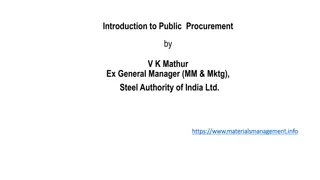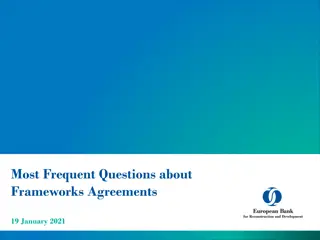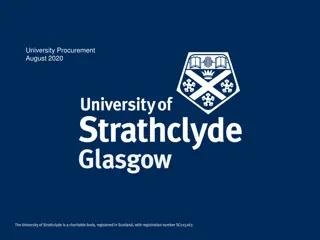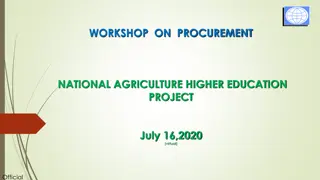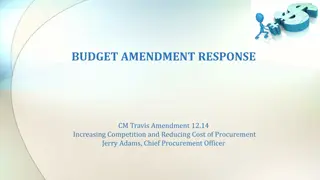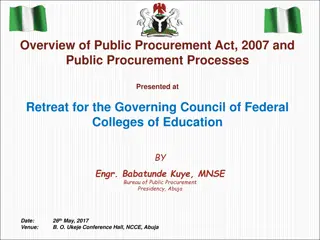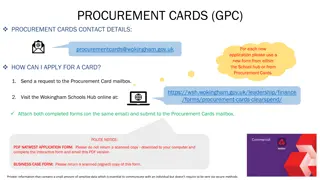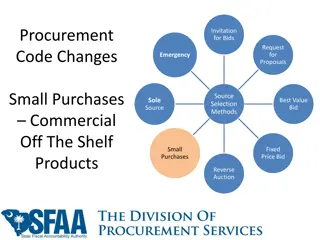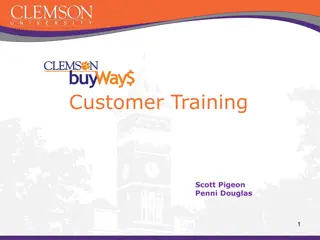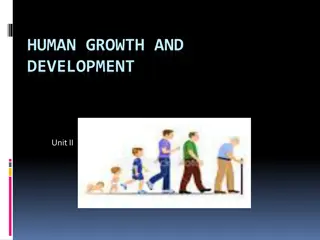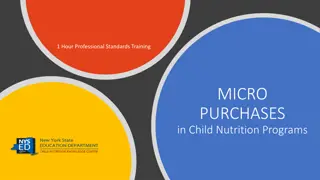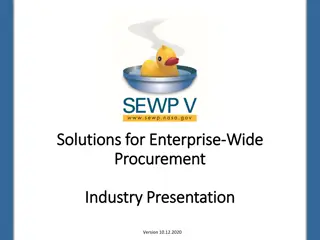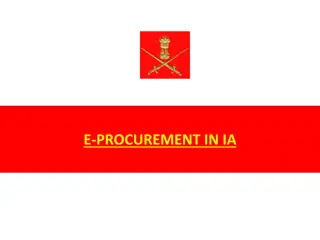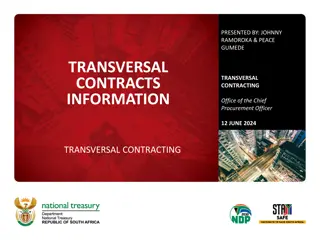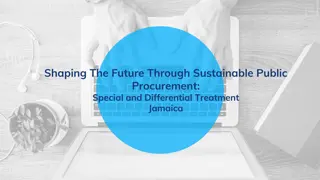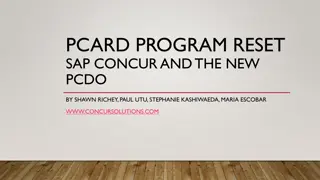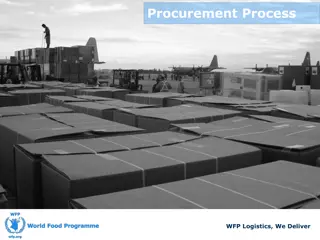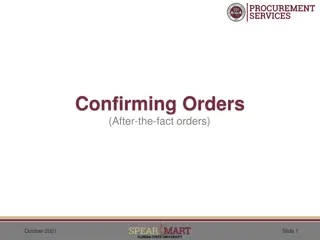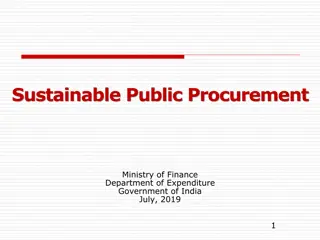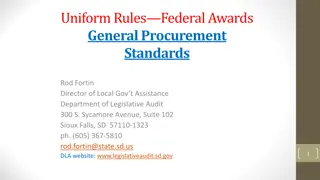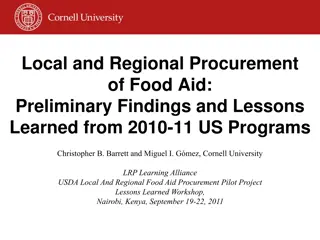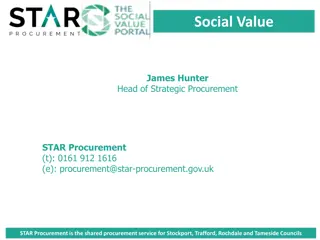Key Stages in Procurement and the New Procurement Framework Overview
The diagram illustrates the key stages in procurement and the impact of the new Procurement Framework on operational considerations, emergency situations, and sustainability. It outlines the stages from market research to contract implementation, emphasizing the importance of sustainability throughout the procurement process.
Download Presentation

Please find below an Image/Link to download the presentation.
The content on the website is provided AS IS for your information and personal use only. It may not be sold, licensed, or shared on other websites without obtaining consent from the author. Download presentation by click this link. If you encounter any issues during the download, it is possible that the publisher has removed the file from their server.
E N D
Presentation Transcript
KEY STAGES IN PROCUREMENT and the new Procurement Framework This diagram is a theoretical representation of the key stages in procurement. It shows the common stages and their usual sequencing. Actual procurements may differ. The Procurement Process is defined in the Procurement Regulations as: the process that starts with the identification of need and continues through planning, preparation of specifications/ requirements, budget considerations, selection, contract award and contract management This document supports good procurement practice. It is non- mandatory and provided as guidance only.
impact of the new Procurement Framework at the KEY STAGES IN PROCUREMENT OPERATIONAL CONSIDERATIONS Emergency situations / small states / FCS Hands on expanded implementation support (HEIS) Alternative Procurement Arrangement Sustainability This annotated diagram indicates where changes (resulting from the new Procurement Framework) impact on the key stages in procurement. It shows where the changes are most likely to happen. For some changes this can be at more than one stage. MARKET RESEARCH + PLANNING Project Procurement Strategy for Development (PPSD) Public-private Partnership (PPP) REVIEW STEP monitoring + evaluation metrics VfM + lessons learned (PPSD) Alternative Procurement Arrangements (APAs) Framework Agreement Simplified national procurement requirements Streamlined prior review Sustainability STEP CONTRACT IMPLEMENTATION Contract management plan KPIs (including VfM assessment) PROCESS DESIGN CONSIDERATIONS 2016 suite of SPDs Value engineering RFPs for GWNcS and Initial Selection 2 envelope process STEP Rated criteria Value for money SOURCING PROCESS Competitive Dialogue BAFO or Negotiations Probity assurance Eligibility and participation of SOEs E-procurement system International contract conditions (if no SPD contract conditions) E-procurement system Abnormally Low Bid/Proposal BAFO or Negotiation Most Advantageous Bid/Proposal Notification of Intention to Award STEP Standstill Period Debriefs and complaints Probity assurance STEP
SUSTAINABILITY at key stages in procurement INITIAL CONSIDERATIONS Borrower s sustainability policies, strategies and priorities Community needs and expectations Naturally arising environmental risks Environmental and social impact assessments Prioritization of sustainability needs CHECK Assess sustainability outcomes and benefits achieved Assess VfM over the whole-of-life MARKET RESEARCH + PLANNING What are the expected sustainability benefits? Review usefulness of sustainability KPIs Review effectiveness of sustainability monitoring and reporting Identify lessons learned Share learning What relevant sustainable products/services are available in the market? Is the market able to deliver new or customized sustainable solutions? What are the anticipated costs and what is the VfM proposition? How will the procurement strategy address sustainability? Develop Project Procurement Strategy for Development (PPSD) CONTRACT IMPLEMENTATION PROCUREMENT PROCESS DESIGN Contract management plan System to monitor delivery of sustainability priorities RFQ, RFB or RFP Selection Method? Use Prequalification, or not? System to report against delivery and outcomes being achieved Assess delivery against KPIs sustainability measures Specifications: conformance or performance? Identify relevant sustainability standards and classifications Value engineering to improve sustainability outcomes Assess sustainability priorities throughout the life-cycle SOURCING PROCESS Develop sustainability criteria, including rated criteria and weightings, if applicable Check contract terms reflect sustainability priorities, as appropriate Advertise the opportunity to attract interest from suitable vendors Evaluate bids/proposals Assess quality of sustainable solutions Asses bidder s/proposer s sustainability credentials and track records Assess and compare whole-of-life costs Evaluate VfM including quality and cost of sustainable solutions Select the Most Advantageous Bid/Proposal Agree Key Performance Indicators Contract terms: bonus/penalty incentives and value engineering clause
ESHS CONSIDERATIONS at key stages in procurement INITIAL CONSIDERATIONS Procurement + Safeguards need to collaborate from the beginning Need to develop an understanding of ESHS issues, risks and impacts at a country, regional and local level Identify the range of risks a project of this size and scope could have at the proposed location Consider community needs and expectations e.g. through impact assessments and social management plans Identify the Borrower s ESHS policies that will apply to the project or help the Borrower develop an ESHS policy CHECK Assess sustainability outcomes and benefits achieved Assess VfM over the whole-of-life MARKET RESEARCH + PLANNING What is needed to manage likely ESHS risks and impacts Review usefulness of sustainability KPIs Review effectiveness of sustainability monitoring and reporting Identify lessons learned Share learning Consider ESHS needs when analyzing potential supply markets Check the market for best practice and new approaches to managing ESHS risks What are the anticipated costs associated with ESHS risk management What are the potential losses of failing to manage ESHS risks Include ESHS considerations in the PPSD CONTRACT IMPLEMENTATION PROCUREMENT PROCESS DESIGN Contract management plan System to monitor delivery of sustainability priorities RFQ, RFB or RFP Selection Method? Use Prequalification, or not? System to report against delivery and outcomes being achieved Assess delivery against KPIs sustainability measures Specifications: conformance or performance? Identify relevant sustainability standards and classifications Value engineering to improve sustainability outcomes Assess sustainability priorities throughout the life-cycle SOURCING PROCESS Develop sustainability criteria, including rated criteria and weightings, if applicable Check contract terms reflect sustainability priorities, as appropriate Advertise the opportunity to attract interest from suitable vendors Evaluate bids/proposals Assess quality of sustainable solutions Asses bidder s/proposer s sustainability credentials and track records Assess and compare whole-of-life costs Evaluate VfM including quality and cost of sustainable solutions Select the Most Advantageous Bid/Proposal Agree Key Performance Indicators Contract terms: bonus/penalty incentives and value engineering clause
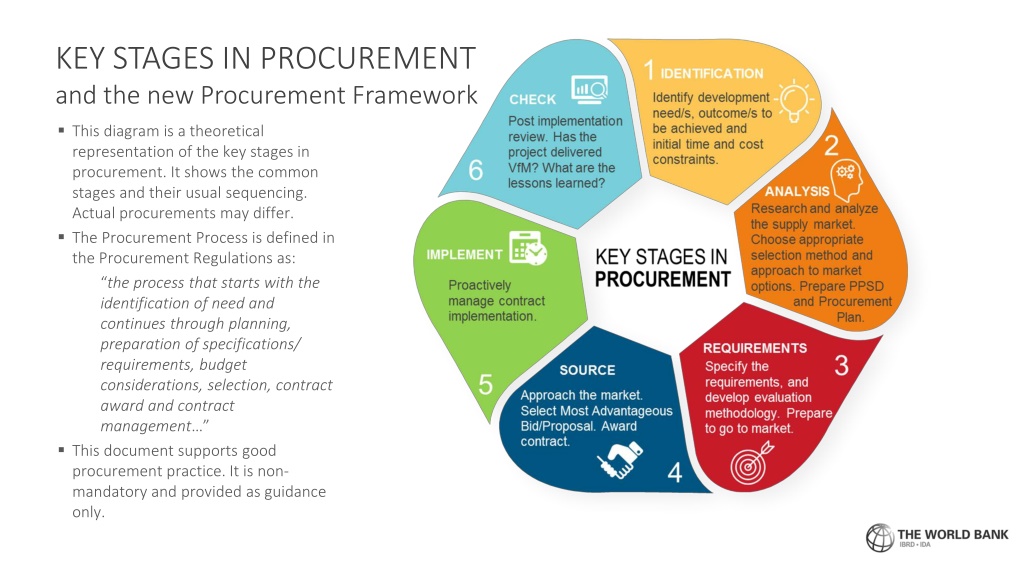


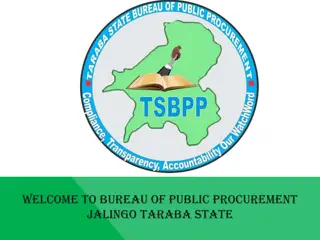
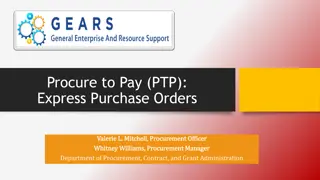

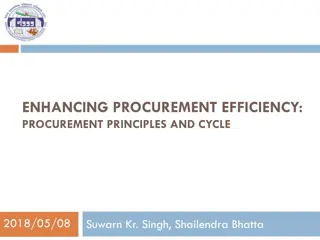

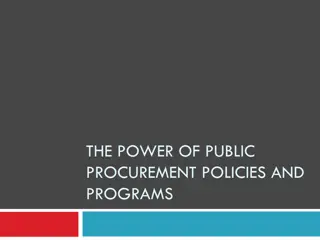
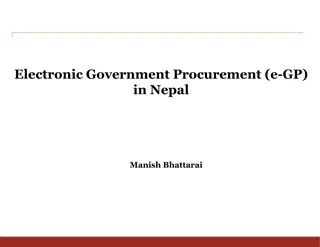
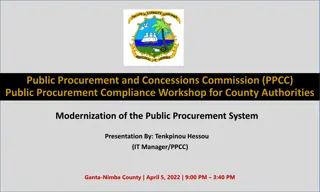
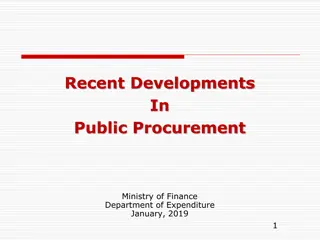
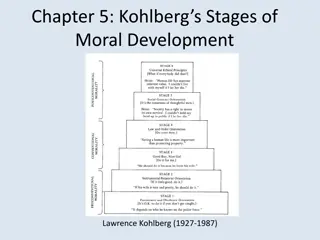

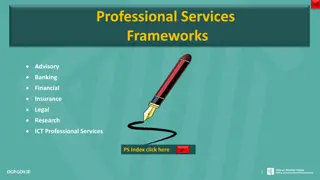

![Comprehensive Overview of Corruption Watch Submission on Public Procurement Bill [B18B-2023]](/thumb/138344/comprehensive-overview-of-corruption-watch-submission-on-public-procurement-bill-b18b-2023.jpg)
